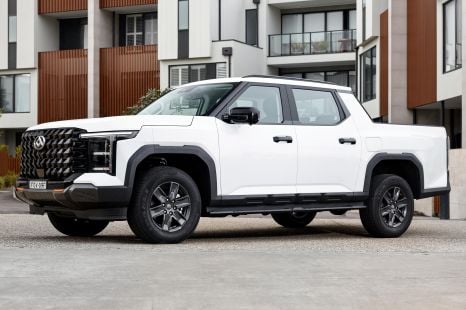

Damion Smy
3 Days Ago

Senior Contributor
Global auto supplier Hyundai Mobis says it’s getting close to having in-wheel motors ready for roads and mass production, after more than a dozen years of development.
There are many potential upsides to in-wheel drive systems, compared to traditional EV drivetrains where the motor output is directed to the wheels via one or two axle motors.
The removal of power transmission parts may further enhance efficiency, according to Mobis, while space freed up can make room for batteries, further enhancing potential range.
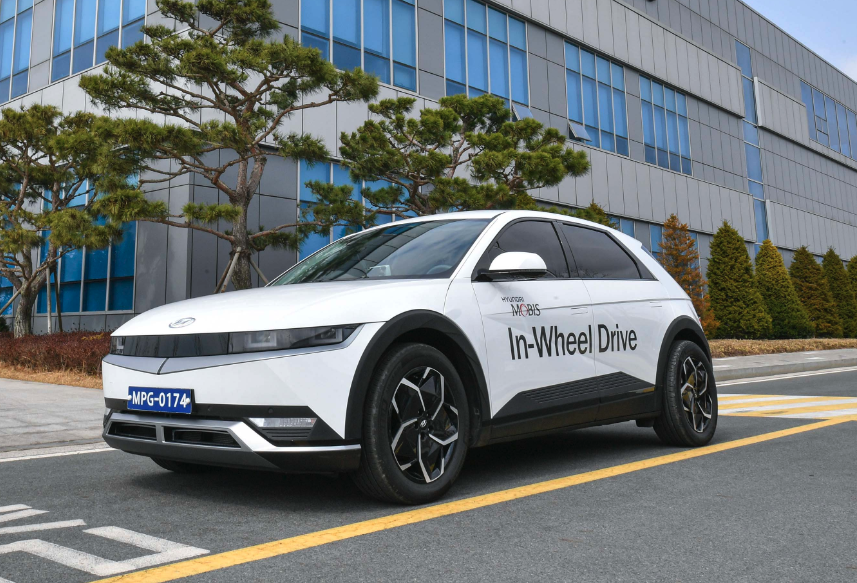
There’s no mention yet of issues around added weight, we’d add.
Yet Hyundai Mobis claims its Ioniq 5 test bed with in-wheel motors has shown 20 per cent improvements in power efficiency through such efficient torque distribution.
Moreover, because such a system provides maximally efficient torque distribution for each wheel, it could enable more precise torque allocation, helping cornering grip and stability.
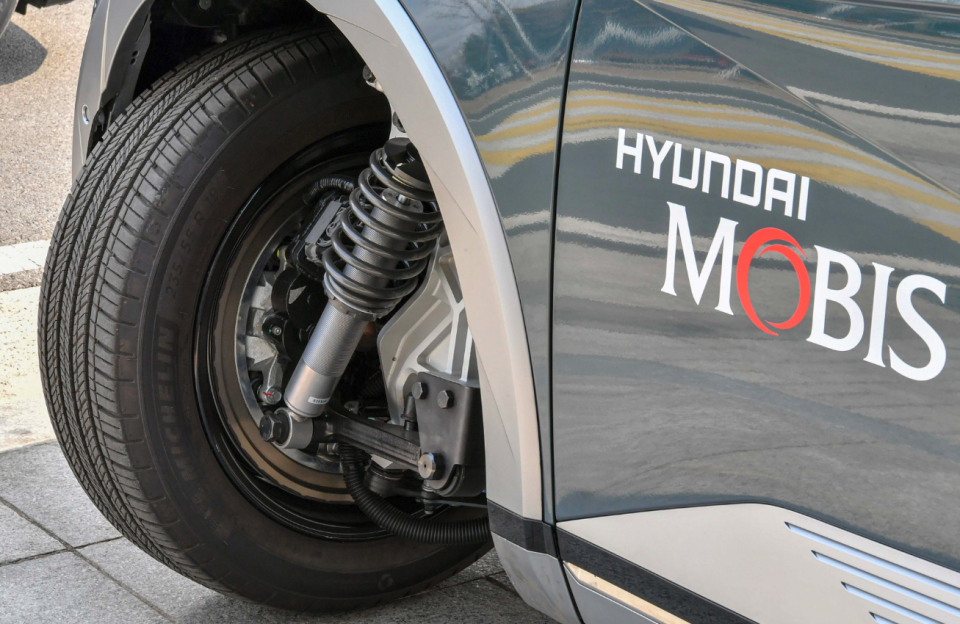
The Hyundai Mobis take on this technology, called the e-corner system, combines electronic steering, braking, and suspension centred around the in-wheel motor, wth the wheels capable of turning 90 degrees.
This enables functions like crab walking (shifting directly sideways) and zero turns (on-the-spot 360-degree arcs).
The key technologies for the in-wheel system, including drive motor and controller, have been developed by Hyundai Mobis in-house.
Other vehicles with similar systems that we’ve seen displayed include the incoming Mercedes-Benz EQG and BYD’s Yangwang U8 luxury SUV.
While not the only company developing EVs with motors in the wheel, the Hyundai division is notable because it’s angling to achieve mass production of the system by the end of this year.
“We plan to complete the development of this technology that is both durable and reliable so that we can begin mass-production of the in-wheel system by the end of this year,” said executive vice president and Head of Electrification Oh Heung-sub.
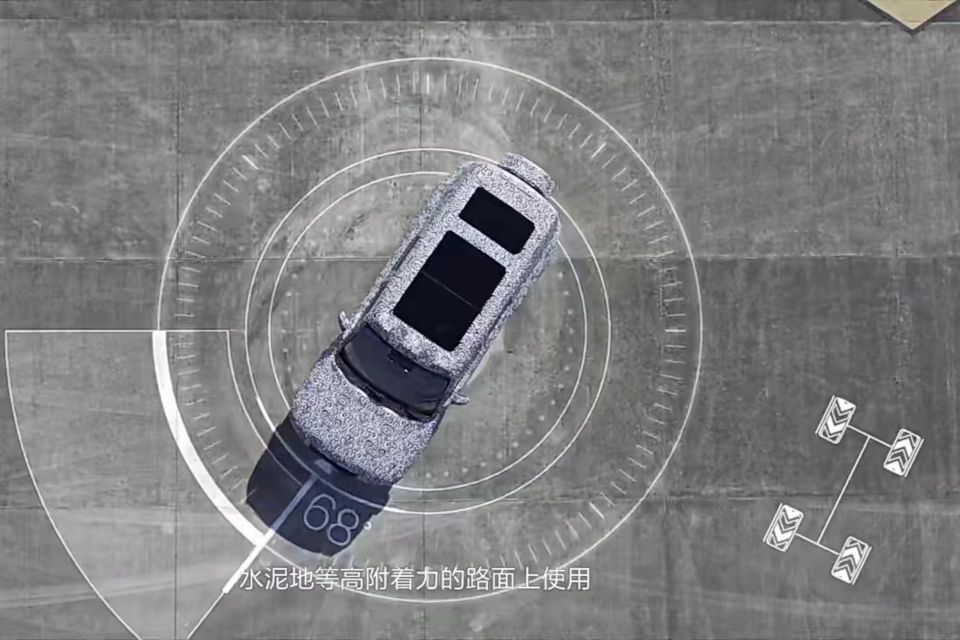
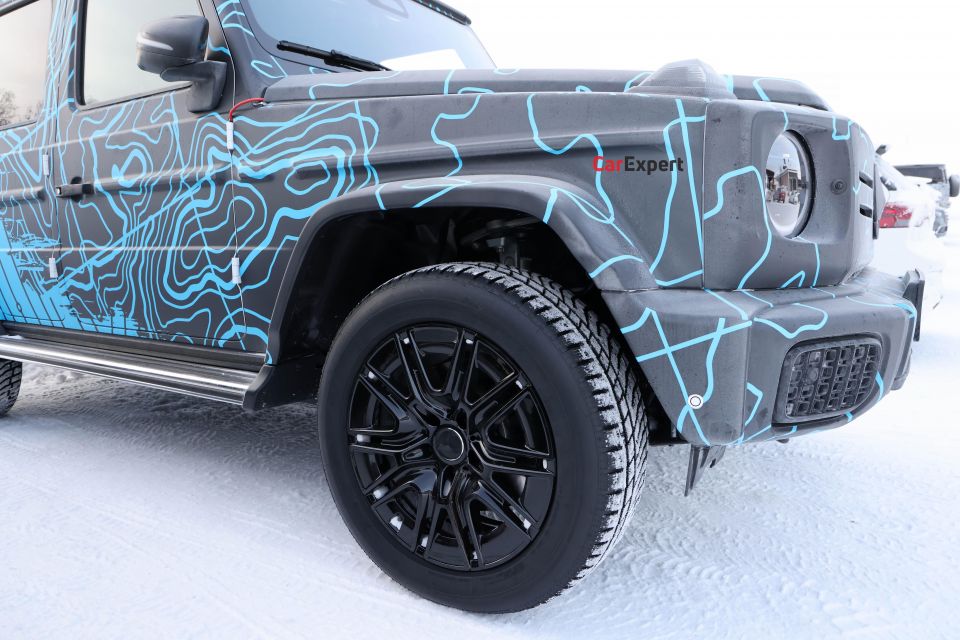
However, that doesn’t necessarily mean you’ll see a Hyundai Ioniq 5 with in-wheel motors this year. The gap between part production and technology commercialisation is sometimes long.
Rather, Hyundai Mobis says it is currently developing this e-Corner System by installing it in real cars “with a goal of completing the development within the next five years”.
CarExpert does the hard work to get you the best price. No negotiating, no hidden costs, just expert help and real savings on your next new car.


Damion Smy
3 Days Ago
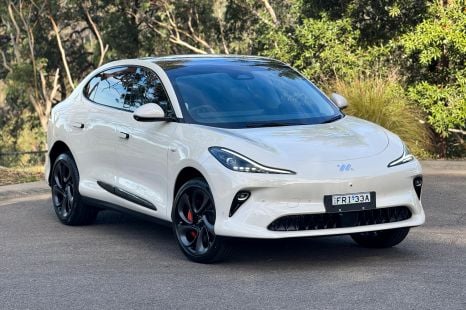

Matt Campbell
2 Days Ago


Josh Nevett
2 Days Ago


Max Davies
1 Day Ago
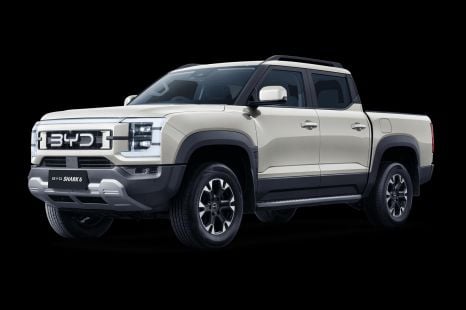

William Stopford
1 Day Ago
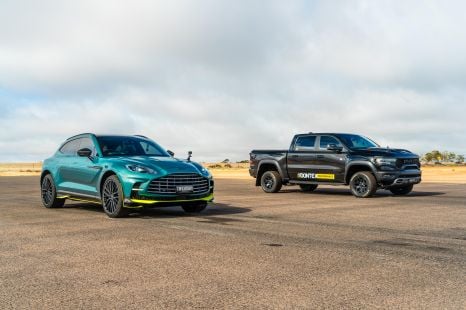

Paul Maric
1 Day Ago